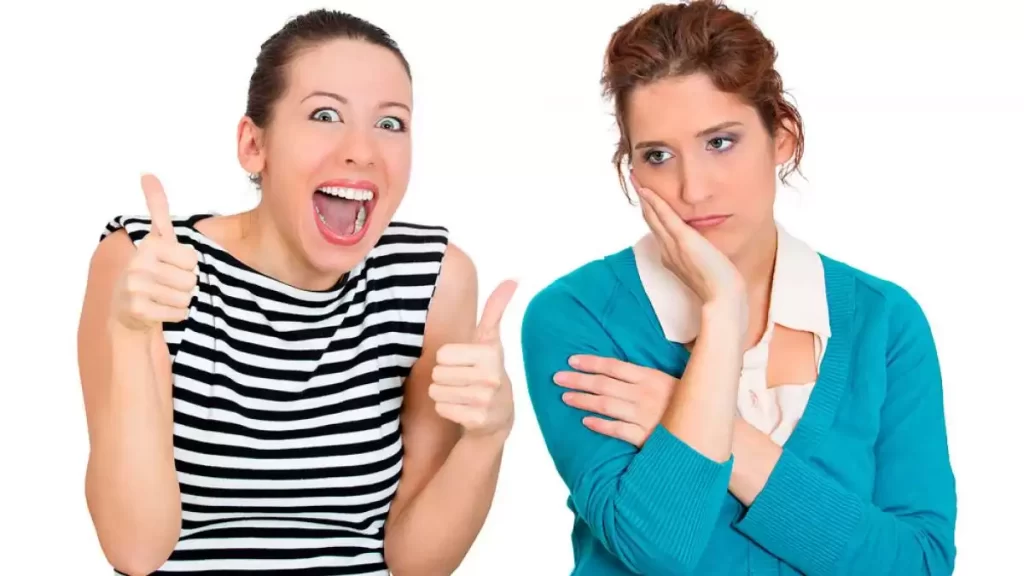Accidents happen, the saying goes. Sudden and unpredictable events can cause physical injuries – everything from sprains, bruises, wounds and similar minor injuries to severe injuries that forever mark our lives.
The main focus of rehabilitation is on healing and restoring body structures to their original state, as much as possible. Traumatology deals with the treatment and care of injuries and wounds. Traumatologists repair injuries according to doctrine, and are often successful at severe injuries that would be fatal for the patient in the not too distant past. Statistics show that injuries account for a fifth of all diseases today.
It is essential to continue the treatment of significant injuries with functional therapy. Its aim is to restore the function of the damaged part of the body and its working capacity as soon as possible and as fully as possible. Unfortunately, traumatology and functional therapy are not paying enough attention to the changes of the sensory-motor system that are caused by the injury. Due to the trauma reflex caused by fear, pain and altered movement, the damaged part of the body is felt differently, and therefore we move differently.
Even after rehabilitation is successfully completed, the feeling and muscle control in the body is weakened and different than before the injury. Also, the initial movement coordination and integration are usually not improved above the level before the injury. We know it, but we are also convinced that such a situation is a normal and inevitable consequence. Not only does the injury result in the body structure and function changes, which are handled by traumatology, and in the loss of mobility, which is treated with functional therapy. The injury changes the sensory-motor feedback loop and the sensation of the body in the brain. Severe pain from an injury and pain when moving after the injury lead to changes in parts of the brain. Improvisations and adaptations of the mind and body, however, create new movement patterns. If this condition lasts long enough, the centre of balance changes and so the movements become different. Over time, this overwhelms and overloads certain parts of the body; the effects are felt first on the joints, the movement becomes less reliable, less efficient and clumsier.
The AEQ method® can be very successfully integrated into rehabilitation, but of course, success depends on the type and severity of the injury and our commitment. When the injury is repaired, and we are no longer in pain, and we learn and practice the AEQ method® – the combination of all those aproches will restore our lost or underdeveloped sense of proper movement, strengthen our control over the movements, help us to change asymmetry, instability and poor mobility. It is very important for us to be able to distinguish changes in better movement, which we can upgrade and thus avoid the consequences that would drag on for the rest of our lives. Moreover, problems that we think are age-related will not occur at all or much later.
Changes in the brain and muscle connections are possible only by consciously exploring and improving the awareness and control over movements. Here, too, we learn from mistakes. Conscious monitoring and control over a specific action allow us to understand the connection of all parts of the body. Therefore, we should make use of all the possibilities, of the official medicine as well as of the methods that are a part of the alternative medicine but are easily recognized within the framework of integrative medicine.
Client experience after a severe blow to the knee
Here, my knee, or knee ligaments, are improving. AEQ Exercises help me a lot, and I’m already making fewer modifications to the exercises. I’m also “re-learning” to walk consciously and carry the weight on my left foot, and I can already drive a car. It was very interesting to track and consciously observe what adjustments I (the body) made during the time immediately after the injury and how these patterns consolidated. Uh, the crisis. And now, when I’m trying to walk and move my knee normally again (which is a little tricky and I’m not at 100% yet), it’s also interesting how quickly the body automatically wants to make a “traumatic movement”. I can say that this misadventure is strengthening my awareness of my own body and the conscious movement, as well as monitoring the change.
Currently, I have a problem relaxing my anterior thigh muscle, especially just above the knee. I am aware that this has to do with fear and weakness. Namely, because the ligaments are not OK yet, I have a fragile sense of knee stability, and I am also afraid of pain inside my knee if I relax entirely it. I happened that I forgot about my knee for a while and made a quick move and I got myself a shooting pain so I could see the stars. So yesterday I went to the pool, and I walked in the water very consciously and with a feeling, and it helped.
LP, Petra






